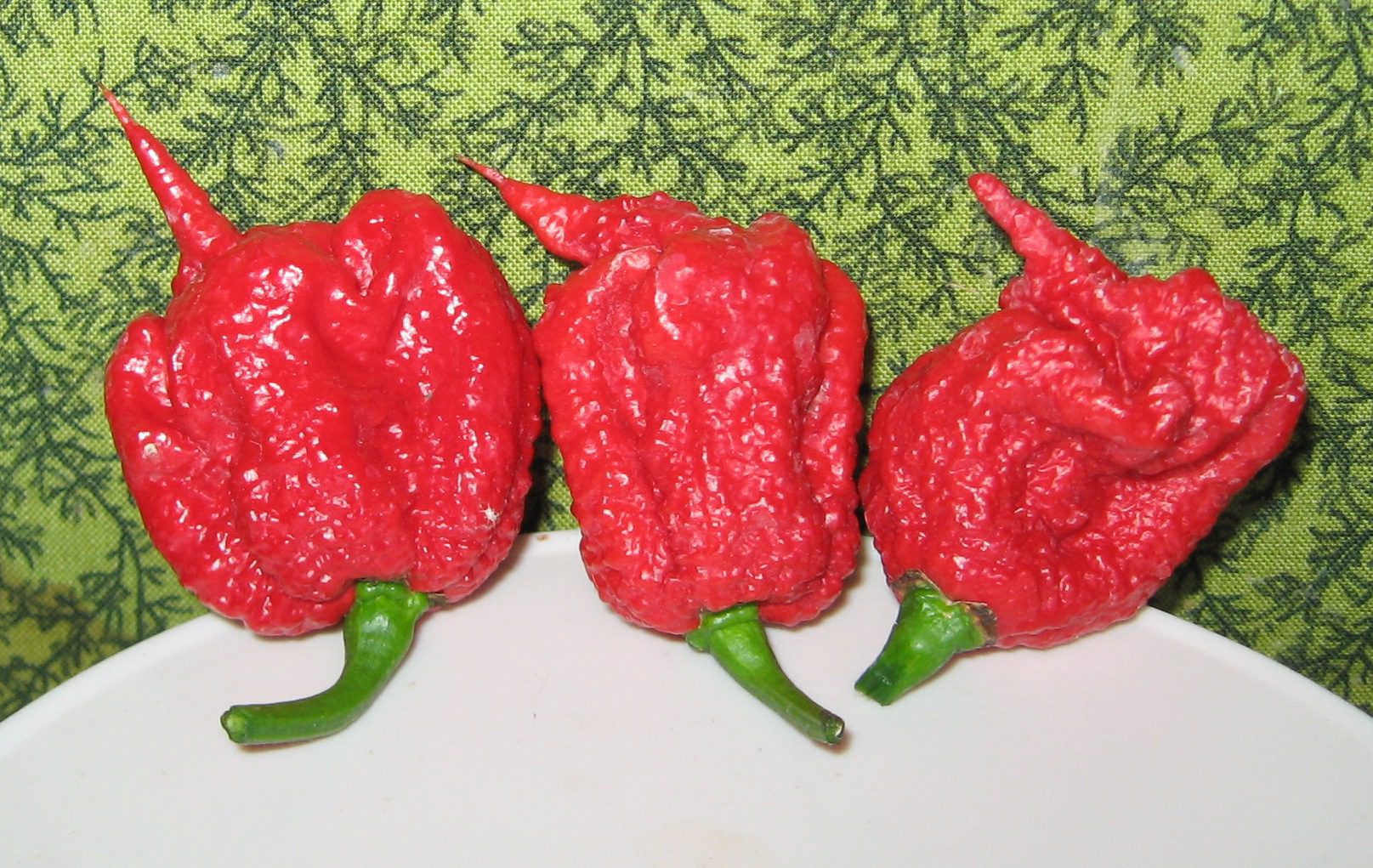
Firstly, introducing Auscrops, a wonderful market vending company bridging farmers and customers together through market vendors. Click here to find out more about carolina reaper as well fruit and vegetable offers.
Carolina Reaper Pepper – Everything to Know
If you’re looking for a pepper that packs a punch, look no further than the Carolina Reaper pepper. It is one of the hottest peppers in the world and has gained much popularity in recent years. In this blog post, we’ll discuss some information and facts about the Carolina Reaper pepper to give you an idea of why it’s such a popular choice.
What is the Carolina Reaper?
The Carolina Reaper is a cultivar of chili pepper that was created by Ed Currie and released in 2012. It is classified as a Capsicum Chinense pepper, which are native to regions like Mexico, Central America and South America. The Carolina Reaper measures up to 2 million on the Scoville heat scale, making it one of the hottest peppers in the world.
Where to Buy it?
The good news is that you can find these peppers almost anywhere nowadays! You can get them from your local grocery store or farmer’s market. Or even from specialized online retailers who sell all kinds of specialty peppers like this one. When shopping for them, make sure you check for freshness and ripeness before buying – they should be bright red with no signs of spoilage or mould.
Uses for Carolina Reapers?
Carolina Reapers have become popular in cooking due to their intense heat and flavor profile. They are often used as an ingredient in hot sauces and salsas. As well as added to dishes like stews and curries. They also make great garnishes for tacos or salads- just a small amount adds enough spice without overpowering the other flavors in your dish. Additionally, some people enjoy eating them straight off the plant as a spicy snack!
Conclusion:
This pepper has made its mark on culinary culture due to its intense heat and flavor profile – not only does it add spice but also depth of flavor when used correctly in cooking applications.
Click here to read similar articles.
 Français
Français 











